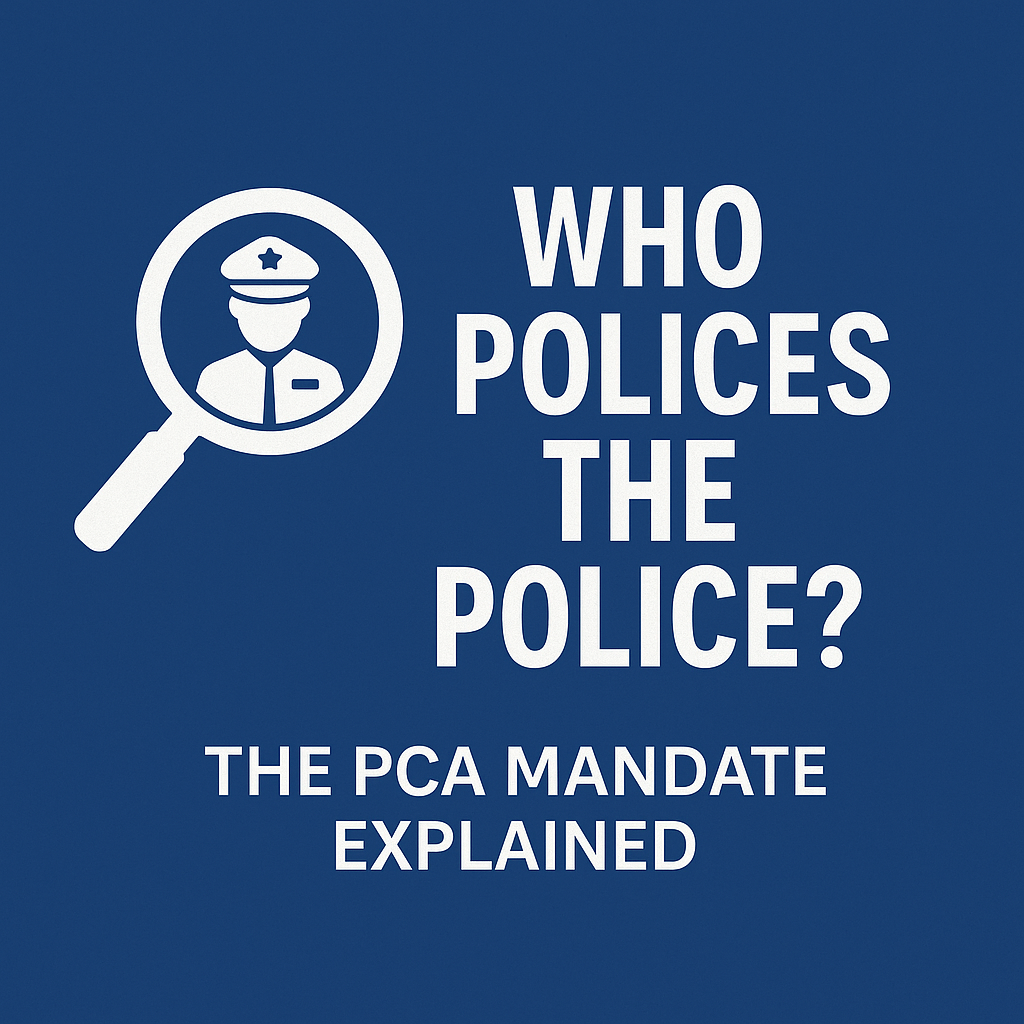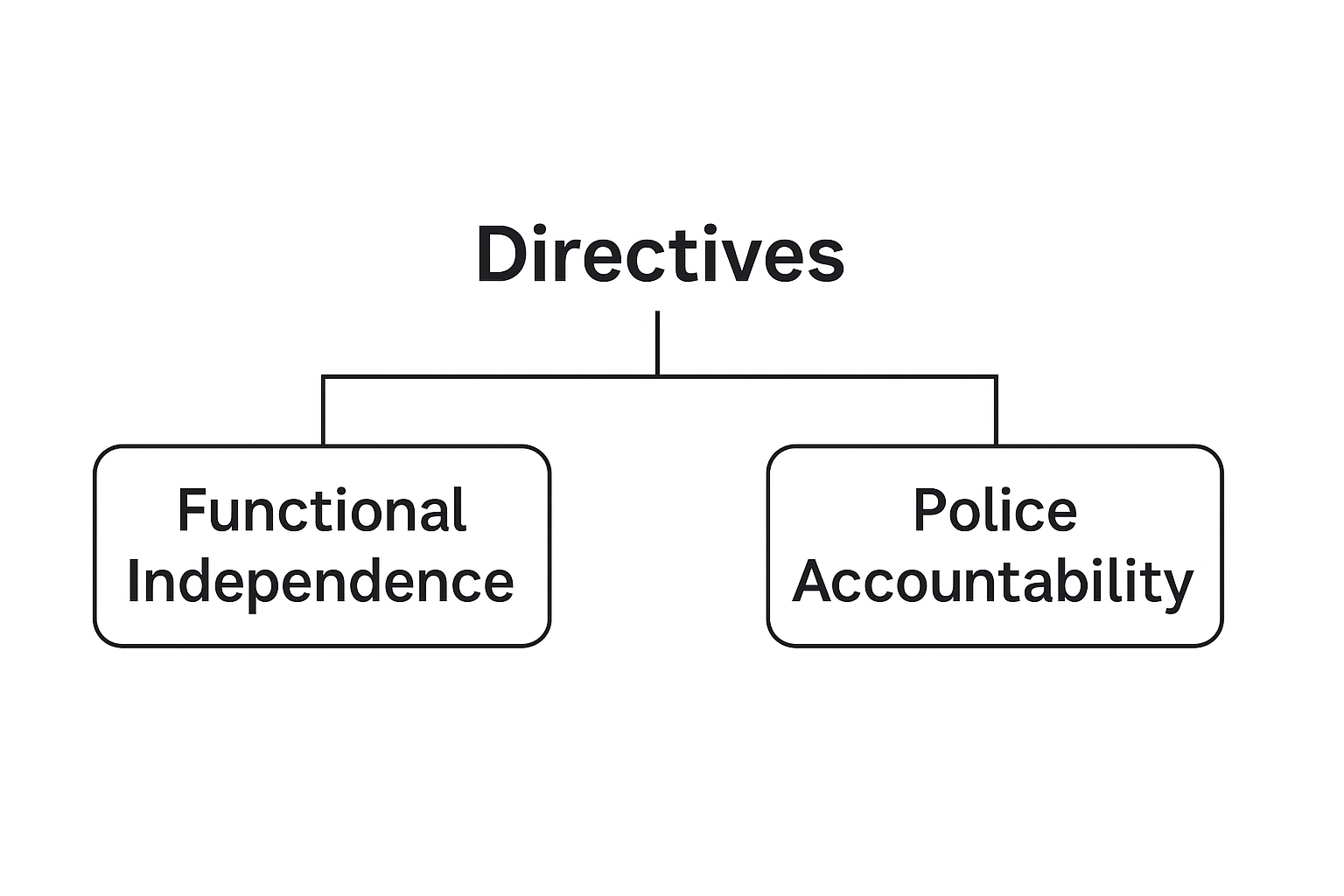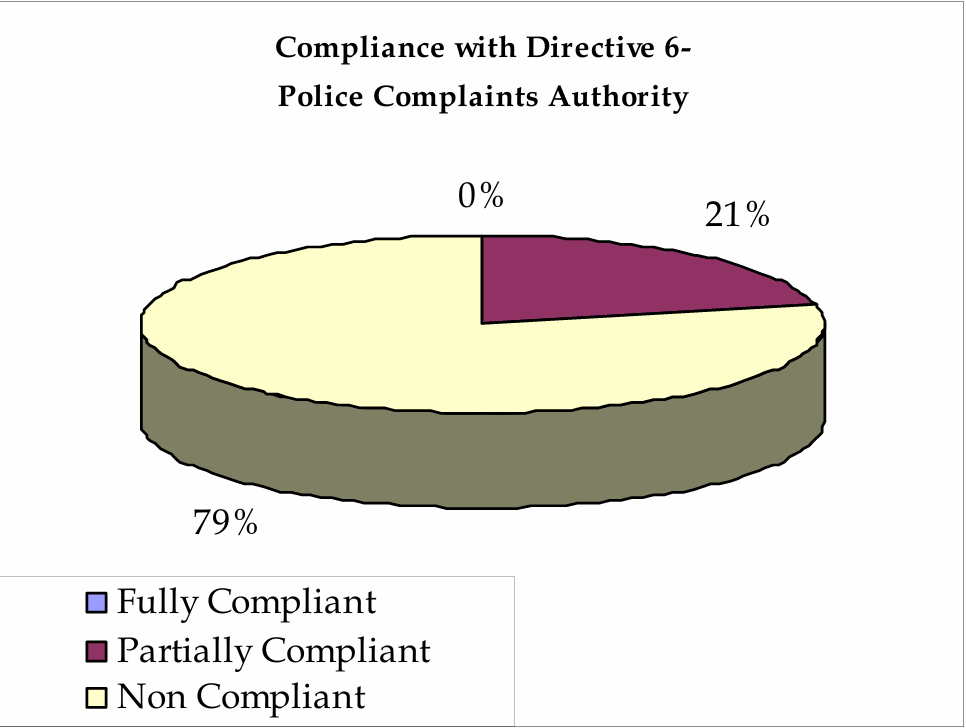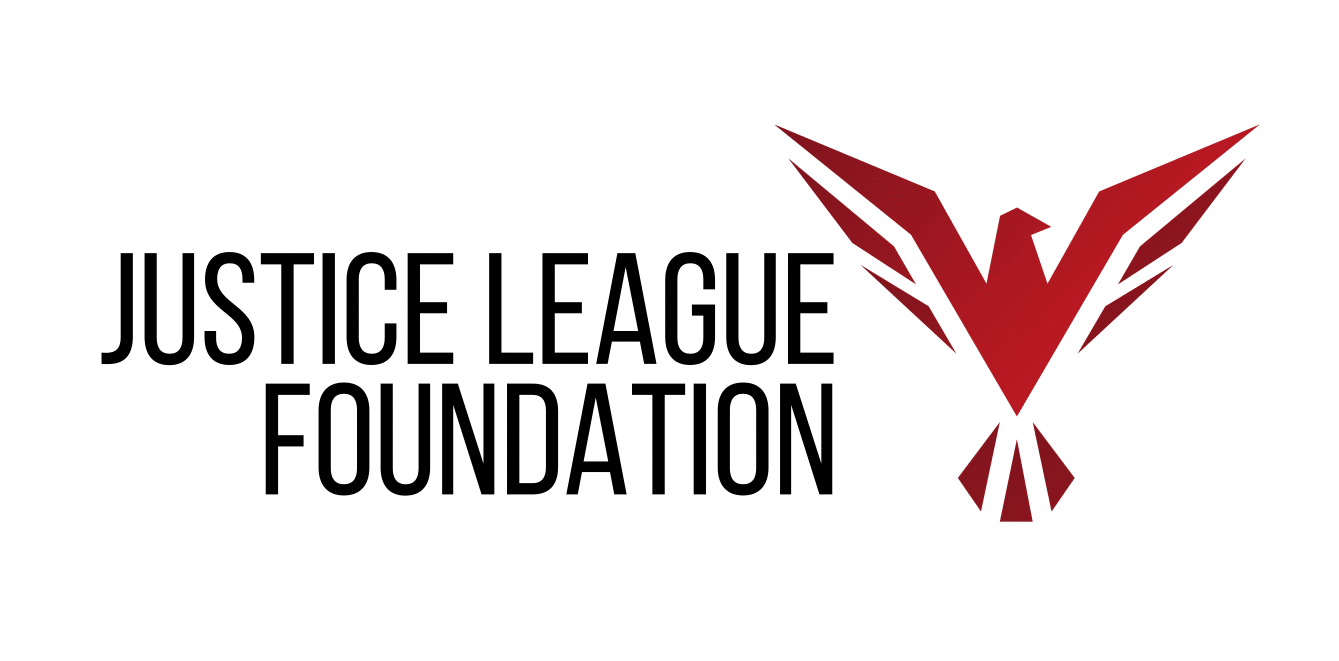A Closer Look at the PCA Mandate
Who holds the baton when the baton is misused?
The Police Complaints Authority (PCA) was envisioned as the people’s shield against custodial violence, abuse of authority, and silence in the face of misconduct. But how many even know it exists?
Let’s unpack the mandate that dares to ask the most uncomfortable question: Who polices the police?

Over the past three decades, several efforts have been initiated to bring about significant police reforms in India.
The National Police Commission submitted eight reports between 1978 and 1981, offering a range of recommendations; however, little was done to implement them.
In Vineet Narain v. Union of India, the Supreme Court highlighted the pressing need for police reform, which led to the formation of the Ribeiro Committee. This committee submitted two reports in 1998 and 1999. Subsequently, the Central Government appointed the Padmanabhaiah Committee in 2000 and the Malimath Committee in 2002.
The cumulative findings and recommendations of these committees ultimately culminated in Prakash Singh v. Union of India – a landmark judgment by the Supreme Court.
On 22nd September 2006, the Supreme Court delivered a historic judgment in the Prakash Singh v. Union of India and Others case. In this judgment, the Court directed the central and state governments to follow a set of seven guidelines to reform the police system.
The Supreme Court’s seven directives can be broadly divided into two categories: the first set aims to give the police more functional independence, and the second set focuses on improving police accountability.

In this discussion, we will focus specifically on police brutality.
Therefore, our main emphasis will be on the aspect of police accountability within the broader framework of police reforms.
Some of the most successful police reform initiatives across the Commonwealth have established independent accountability mechanisms to address serious cases of police misconduct. These are often referred to as external or civilian oversight agencies.
In its judgment, the Supreme Court directed the creation of a Police Complaints Authority (PCA) as an independent accountability mechanism. The Court mandated that such authorities be established at both the state and district levels. The main role of the PCA is to examine public complaints against police officers, particularly in cases involving serious misconduct.
🏛️ THE STATE-LEVEL Police Complaints Authority
COMPOSITION
👤 Chairperson:
- Retired Judge of the High Court or Supreme Court
- (Selected by the State Government from a panel proposed by the Chief Justice)
👥 Members:
- Three to five members
- (Chosen from a panel proposed by): State Human Rights Commission, Lok Ayukta, and the State Public Service Commission.
- May include: Retired civil servants, Retired police or other departmental officers and members from civil society.
⚖️ Function / Jurisdiction:
Handles complaints against police officers of and above the rank of Superintendent of Police
Focuses on serious misconduct, including: Death in police custody, Grievous hurt, Rape in police custody
🏢 District-Level Police Complaints Authority
COMPOSITION
👤 Chairperson:
- A retired District Judge
- (To be appointed by the State Government from a panel of names proposed by the Chief Justice of the High Court or a High Court Judge nominated by the Chief Justice)
👥 Members:
- Three to five members
- (To be selected using the same process as the State-Level Police Complaints Authority)
- Members may include: Retired civil servants, Retired police or administrative officers
⚖️ Function / Jurisdiction:
- To inquire into cases of serious misconduct by police officers of and up to the rank of Deputy Superintendent of Police
- Serious misconduct includes: Death in police custody, Grievous hurt, Rape in Police Custody, Extortion, Land/house grabbing and Any incident involving serious abuse of authority.
Common Features of State and District-Level Police Complaints Authorities
The Supreme Court has provided for a number of features common to both the State and District-level Police Complaints Authorities.
Some of these are that the membership should be a full-time occupation, and members should be provided with suitable remuneration. The members of the authority can take the assistance of regular staff to conduct field inquiries.
This staff can include retired investigators from the Criminal Investigation Department, Intelligence, Vigilance, or any other relevant organization.
The recommendations of the authority, whether for disciplinary or criminal action, shall be binding.
The Complaints Authority can also recommend the registration of an FIR against the erring police officer.
Complaints against the police must be investigated by independent bodies : not by the police themselves.
This principle was firmly laid down by the Supreme Court in its landmark judgment in Prakash Singh v. Union of India, which mandated the creation of Police Complaints Authorities (PCA) and State Security Commissions to ensure impartial oversight and protect citizens’ rights.
However, compliance has been patchy at best. While Sikkim stands out as the only state to have fully complied, most other states (21%) have only made partial or cosmetic efforts. Shockingly, some states — including Karnataka — have actively resisted key directives, objecting to the formation of these very institutions.

The result: a system where accountability is diluted, and public trust in law enforcement continues to erode. It is time to demand full, meaningful implementation of these reforms — not in letter, but in spirit.
– Team Justice League Foundation
